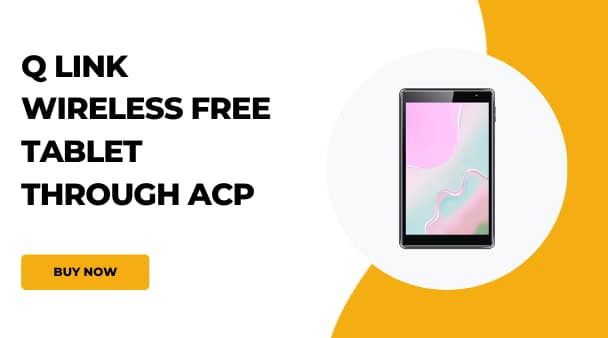The Free iPad for Low Income Families 2025 initiative is instrumental for households facing financial constraints.
With the increasing significance of iPads for various practical applications, there are diverse programs and organizations committed to offering ipads for free to qualified, low-income families.
In 2025, such programs continue to facilitate connection, information access, and entertainment for these families, acting as a crucial support system.
What Is the Free iPad for Low Income Families Program?
The Free iPad for Low Income Families Program is a structured initiative offering free ipad for low income households.
This program is rolled out by a collaboration of different organizations, including nonprofits, local governments, and charitable entities.
These organizations understand the need to stay connected in today’s tech-driven environment, especially for students and families who might not afford to get a free ipad.
Through this program, eligible low-income families can receive iPads at no cost, thus promoting digital inclusivity and ensuring that everyone has an opportunity to be part of the digital world regardless of their financial status.
The Impact Of Free iPad Programs
Free iPad programs have a transformative effect in society, acting as powerful tools fostering digital inclusion.
By offering free ipads for students and families with limited financial resources, these programs play a pivotal role in enhancing access to vital educational materials, digital textbooks, and interactive learning platforms.
This access is instrumental in leveling the playing field for all, enabling students from underserved communities to partake in the digital learning revolution actively.
Furthermore, the programs also facilitate the development of crucial digital skills as the iPads serve as valuable tools for navigating the internet, using productivity software, and engaging with e-learning platforms.
Individuals, through these programs, gain access to a vast reservoir of information, knowledge, and news, promoting lifelong learning and informed societal participation.
How To Get A Free iPad For Low-Income Families 2025?
To get a free iPad for low-income families in 2025, it’s imperative to explore various programs and their specific eligibility prerequisites, often outlined by supporting entities including local governments, nonprofits, and charitable bodies.
Initiatives that offer free iPads generally require applicants to meet certain income thresholds or partake in government assistance initiatives like SNAP, Medicaid, or SSI, thereby qualifying for the programs.
Students hailing from economically constrained families can also be eligible recipients if they are actively enrolled in acknowledged degree or diploma programs and adhere to the stipulated criteria defined by their educational institutions or the organizations championing these programs.
The application process is straightforward. Prospective recipients need to complete application forms accessible on the official portals of the offering organizations.
This step is followed by submitting essential documentation that attests to the applicants’ income levels and their participation in relevant government programs.
Once the eligibility is confirmed, qualified applicants can joyfully receive their free iPads, effectively bridging the digital divide and ensuring they are active and informed digital citizens in today’s interconnected world.
Top 6 Ways to Get Free iPad for Low Income Families
- Government Assistance Programs: Leverage programs such as the Affordable Connectivity Program (ACP) and Lifeline, which offer discounted or free iPad for low-income families. These initiatives are designed to facilitate digital connectivity and provide essential devices to eligible households.
- Educational Institution Initiatives: Numerous schools and universities proffer free iPads for students. These educational establishments often have specific partnerships with Apple or other organizations to provide tablets for educational purposes, making it crucial for students to check their eligibility with their respective institutions.
- Nonprofit Organizations: Engage with non-profits that work tirelessly to offer free iPad for low-income families. With missions to bridge the digital divide, these organizations might require proof of income, ensuring that the iPads go to families who need them the most.
- Grants and Funding: Apply for grants from federal, state, or local governments, or even private foundations that are available for low-income families or students. These grants often fund the purchase of tablets and iPads, supporting families in need.
- Corporate Donations and Giveaways: Keep an eye on companies and businesses that occasionally run promotions, giveaways, or donation drives, offering free iPad devices as part of their corporate social responsibility initiatives.
- Community and Local Drives: Actively participate in community-based initiatives and local donation drives where individuals or small businesses donate used or new iPads to families who can’t afford to purchase them.
Eligibility Criteria to Get Free iPad for Low Income Families
Income Level:

Households with an annual income at or below 135% to 200% of the federal poverty guidelines may get a free iPad for low-income families.
Government Assistance Programs:
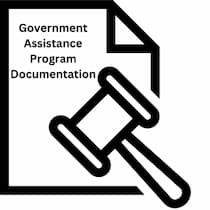
Participation in certain government aid initiatives, like SNAP, SSI, Medicaid, or Public Housing, often makes families eligible.
Student Status:
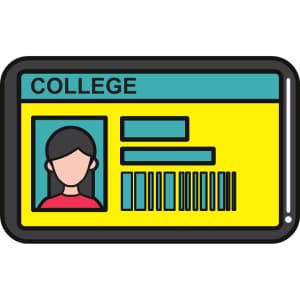
Students enrolled in accredited degree or diploma programs may qualify, especially those with financial need or maintaining a specific GPA.
Active Students with Financial Needs:
Students demonstrating significant financial need, usually verified through FAFSA, can be eligible.
Required Documents to Get Free iPad for Low Income Families
Proof of Income:
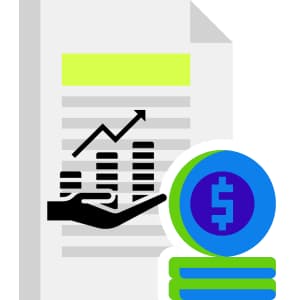
Submitting pay stubs, tax returns, or documentation reflecting enrollment in government aid programs (like SNAP or Medicaid) is necessary to verify low-income status.
Proof of Enrollment (for students):
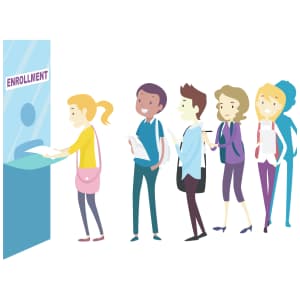
Documents indicating enrollment in accredited educational institutions, like enrollment letters or student ID cards.
Transcripts (for students):

Academic transcripts may be required to showcase GPA or enrollment in certain courses or degree programs.
Financial Aid Information (for students):

Students may need to provide details regarding financial aid, scholarships, or grants they are receiving.
Documentation for Government Assistance:

If the eligibility is based on participation in government assistance programs, relevant documentation supporting participation must be submitted.
Remember, each free iPad program for low-income families may have specific document requirements, so applicants must review each program’s criteria carefully.
Top 5 iPads Offered for Free for Low Income Families
The provision of free iPads for low income families helps bridge the digital divide, facilitating access to vital digital resources for education and work. Various models of iPads are offered for free through different programs, each serving distinct needs. Below are the top five iPads potentially accessible:
1. Standard iPad Models

Standard iPad models are typically the primary options offered through free iPad for low-income families initiatives.
These devices are versatile, providing a substantial user experience for everyday digital activities, like internet browsing, e-book reading, and using various apps. For families needing a general-purpose device, these standard models are invaluable.
2. iPad Air
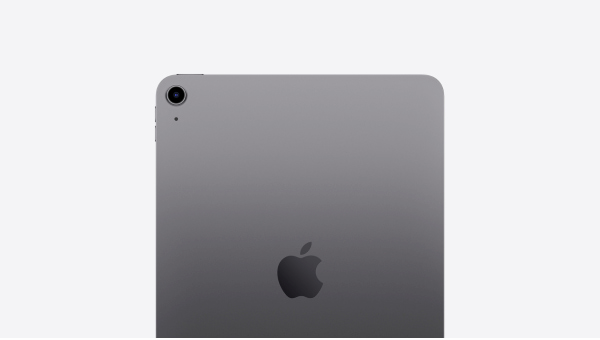
For users requiring a device that’s not only efficient but also lightweight and easily portable, the iPad Air may be available.
This model is perfect for students and professionals who need to perform more demanding tasks on the go, providing a blend of power and portability that’s crucial for multitasking and productivity.
3. iPad Mini

The iPad Mini is potentially available for individuals who desire a compact, easily portable device primarily for reading, browsing, and light app usage.
Its smaller size doesn’t compromise on performance, making it a favorite among users who need digital access while on the move.
4. iPad Pro

In some programs, the iPad Pro might be offered to beneficiaries who require a device with advanced features and higher processing capabilities.
Ideal for tasks like video editing, graphic designing, and executing professional applications, the iPad Pro is a powerhouse that facilitates complex digital tasks with ease.
5. Refurbished iPads
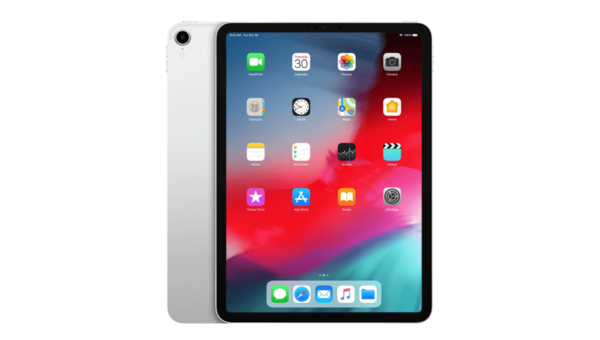
Refurbished iPads are a prominent option within free iPad programs. These devices have been used but are refurbished to a like-new status, making them a cost-effective yet high-quality alternative for digital access.
Refurbished models can range from the standard iPad to the iPad Pro, providing options for various user needs.
Before applying, it’s crucial to research and understand which iPad model aligns best with your needs and the eligibility criteria set by each free iPad program. Always verify the models available through each initiative, as offerings may vary.
For precise model information, consult the specific program or organization providing free iPads for low income families in your area.
Free iPad Models for Low Income Families Comparison Table
When navigating through the various free iPad programs available, it becomes essential to discern the iPad models offered.
A comparison table provides clarity on the features and benefits of each model, aiding families in making an informed choice:
| iPad Model | Screen Size | Storage Capacity | Camera Quality | Additional Features |
| iPad Pro | 12.9 inches | 128GB, 256GB, 1TB | 12MP Wide | Face ID, USB-C |
| iPad Air | 10.9 inches | 64GB, 256GB | 12MP Wide | Touch ID, Stereo Speakers |
| iPad Mini | 8.3 inches | 64GB, 256GB | 12MP Wide | Touch ID, USB-C |
| iPad (standard) | 10.2 inches | 32GB, 128GB | 8MP | Touch ID, A13 Bionic Chip |
Understanding the specifics of each iPad model aids potential recipients in gauging the utility of the device for their needs, whether that’s academic assignments for free iPads for students or daily tasks for households aiming for a free iPad for low income.
How to Choose the Best Free iPad for Low Income
Selecting the most suitable free iPad for low income recipients involves considering several crucial factors.
Firstly, identify the primary use of the iPad for free – whether it’s for education, work, or entertainment, this will influence the type of iPad that best suits your needs.
Recognize the specific features essential for your tasks, including screen size, storage capacity, and processing power.
Each free iPad program may offer different models, so understanding the distinctive characteristics of each available iPad can significantly aid in making an informed decision.
For students who need free iPads for students, it’s wise to opt for models that seamlessly run educational apps and have ample storage for textbooks and learning materials.
Before deciding, look into the programs providing iPads for free and scrutinize their eligibility requirements, application process, and the models they provide.
If you’re uncertain, seeking advice from program representatives or educators who are knowledgeable about the free iPad program can provide valuable insights to guide your selection.
Benefits of the Free iPad for Low Income
Acquiring a free iPad for low-income families brings a myriad of advantages:
- Educational Access: With free iPads for students, learners can effortlessly access digital textbooks, online classes, educational apps, and various learning platforms, bridging the educational digital divide.
- Skill Development: Free iPads are pivotal tools for enhancing digital literacy and developing crucial skills, such as navigating the internet, using software applications, and basic coding, which are indispensable in today’s digital age.
- Employment Opportunities: As digital proficiency becomes increasingly vital, having access to a free iPad can enhance employability, especially for those with limited access to technology.
- Information Accessibility: Free iPads facilitate access to a wealth of information, news, and global knowledge, promoting lifelong learning and enabling users to stay informed and connected.
- Digital Inclusion: Free iPad programs play a significant role in fostering digital inclusivity, ensuring that individuals from all socioeconomic backgrounds can participate in and benefit from the digital revolution.
Understanding these benefits can greatly assist low-income families and students in maximizing the use of their free iPads, thereby supporting their educational, professional, and personal development endeavors.
Conclusion
The Free iPad for Low Income Families 2025 initiatives and programs significantly contribute to reducing the digital divide, providing equal opportunities for all to benefit from the digital revolution.
Whether through government programs, non-profits, or generous donations, these efforts ensure that low-income families and students have access to the essential technology needed for education and personal development in today’s increasingly digital world.
By understanding the eligibility criteria, application process, and benefits of these programs, eligible families can take advantage of these opportunities to receive free iPads, supporting their educational and professional endeavors in these challenging times.
FAQs About Free iPad for Low Income Families
The initiative is a collaborative program by various organizations, including nonprofits, local governments, and charities, to provide iPads for free to qualified low-income families, promoting digital inclusivity.
Low-income families and students from economically constrained backgrounds who are enrolled in recognized degree or diploma programs can benefit from the program.
The programs enhance access to educational materials, digital textbooks, and learning platforms, fostering digital inclusion and skill development, and enabling informed participation in society.
Applicants need to complete forms on the official portals of offering organizations, submit documentation proving income levels and participation in government programs, and meet other eligibility criteria.
Criteria include income levels at or below a set percentage of the Federal Poverty Level, participation in government assistance programs, student status, residency requirements, and special circumstances like disabilities.
Commonly required documents include proof of income, participation in government programs, student verification, residency proof, and documents supporting special circumstances.
Offered models may include Standard iPad Models, iPad Air, iPad Mini, iPad Pro, and Refurbished iPads, each serving distinct needs.
Consider the primary use, essential features, and specific characteristics of each available model. Seek advice from program representatives or educators knowledgeable about the program if uncertain.
Benefits include educational access, skill development, employment opportunities, information accessibility, and digital inclusion.
These programs reduce the digital divide, providing equal opportunities for all to benefit from the digital revolution, supporting education and personal development for low-income families and students.
